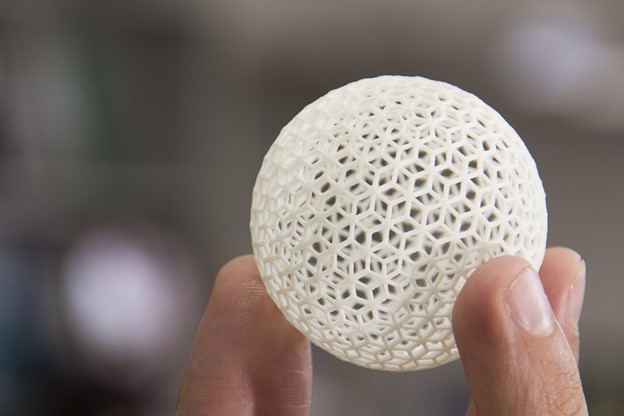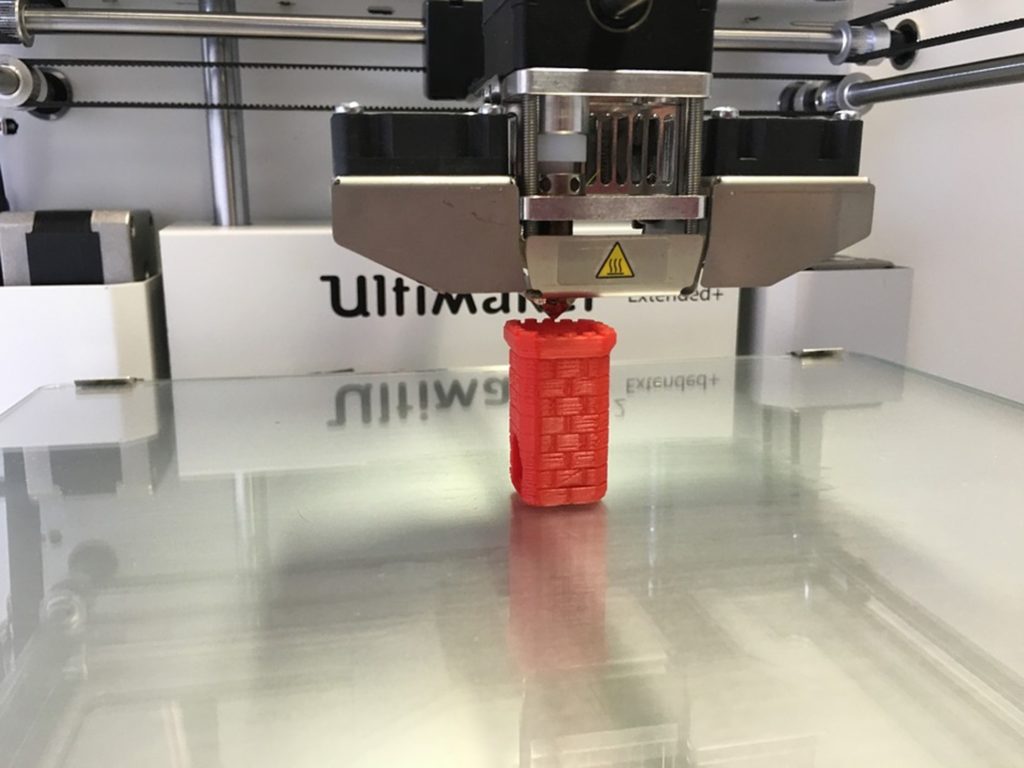3D printing is going to be huge. You’ve heard this many times before. Perhaps you have been skeptical about it, or perhaps you think that 3D printing is a fad. Statistics show otherwise, and though it may not be mainstream like the laser or ink printers in every home and office, 3D printing is already proving to be a big player, and it is likely to grow and grow.

Most companies haven’t fully embraced what 3D print, also known as “additive manufacturing” can do for them. In 2014, a PwC survey showed that 11% had, in some way, switched to using 3D printed parts, either printed on-site or through a 3D printing service.
For use in certain industries, this type of manufacturing is huge. Toys and furniture were two of the first to take it up in a big way, but 3D printing is starting to prove itself as such a hugely useful tool in industries such as automotive and even construction. The revolution is upon us. According to some studies, by 2060, 3D printing on-site could have wiped out a big portion of the global exports market.
With any new technology expected to be so globally, there are bound to be both challenges and opportunities. Some people will take the challenges on board and make a success, some people will spot the opportunities and make even more of a success!
Opportunities
● Hours gained
Some stunning statistics show just how much time could be freed up for staff within a business. Additive manufacturing has been able to cut the production time of a fan for an aircraft cooling system from 73 hours of work, to just one. 72 hours of a staff’s time freed up for working on other things. While some people fear for jobs in this scenario, we think it is a more realistic outlook to evaluate what could be achieved with all that extra time.
● Travel and shipping reduced
There is no denying that one of the biggest problems facing mankind and our use of fossil fuels is travel. Think of it this way, if something doesn’t have to come off a production line in India or China and be shipped to the USA or Europe, then all that travel is eradicated. 3D printing makes it realistic that every company could create its own parts.
● Prototypes in minutes
If you have the right staff, and a way to 3D print, you can create prototypes for new parts or items for your business in minus, and printing them takes no time at all. Compared to having to get something made off-site, this can be hugely beneficial.

● More for everyone
In theory, 3D printing can help people who don’t own as much. If the industry can get to the stage where it is able to cheaply produce things like furniture, tools, aid products, and even shelter, there is no reason why this can’t be shared among the less privileged people.
Challenges
● Standardizing the industry
Many manufacturers have their own ways of doing things, and different printers working in slightly different ways. It’s hard to get the same consistent quality and reliability if every machine is calibrated differently, or fed with different raw materials. 3D printing could really benefit from standardized methods, and though the file formats most people use are standardized, the printing itself is not.
● The cost of equipment
Can you remember the first days of laptops being widely available? Even a basic model cost many thousands of dollars. Like any new technology, the models that are made first are extremely expensive, and people are often put off by this. For a small business, it isn’t necessarily viable to have a 3D printer. Luckily, people can make use of 3D printing services, but one day, for 3D printing to have the most benefit we need to get to a stage where equipment and raw materials are cheaper. Perhaps one day 3D printers will be as prevalent as laptops?
● The use of plastic
At the moment, plastic is probably the easiest material for 3D printing. While some use of plastic is acceptable, the planet’s inhabitants all have a collective responsibility for using it less, and the use of plastic could grow as 3D printing becomes more mainstream.
The challenge here is finding other ways to do things and materials that can be as effective, and as easy to use for 3D printing, but that do not cost an extreme amount and do not damage the environment, even if they are used on an industrial basis.
● The knowledge gap
There is an issue around the demand for the knowledge of 3D printing and design. Using the software to create accurate designs is not something you can pick up in a few days, and even calibrating the machines and operating 3D printers can pose a lot of challenges. This means that there is both an opportunity and a challenge in educating people to use 3D printers and create designs that a 3D printer can understand. Some approaches to manufacturing need to change in order to get the best results.
3D printing could be an area where a huge number of jobs spring up in the coming years, but getting people educated to the point where they can comfortably use a 3D printer and do so without risking defective products is likely to be a big challenge.
Conclusion
It is hard to imagine all of the different ways 3D printing is impacting the world. So many production lines and factories are likely to change, and quickly. Adapting is going to be a huge challenge, but the potential upside is exciting enough to ensure that people take on the challenge, and quickly allow 3D printing to become mainstream.













![Best Crochet Hooks for Beginners and Pros [2020 Update] best crochet books](https://www.awebtoknow.com/wp-content/uploads/2018/01/best-crochet-books-100x70.jpg)
![Best Laptop WiFi Adapters for a Reliable and Fast Internet Connection [2020 Update] best wifi adapter](https://www.awebtoknow.com/wp-content/uploads/2017/11/wifi-adapter-100x70.jpg)

